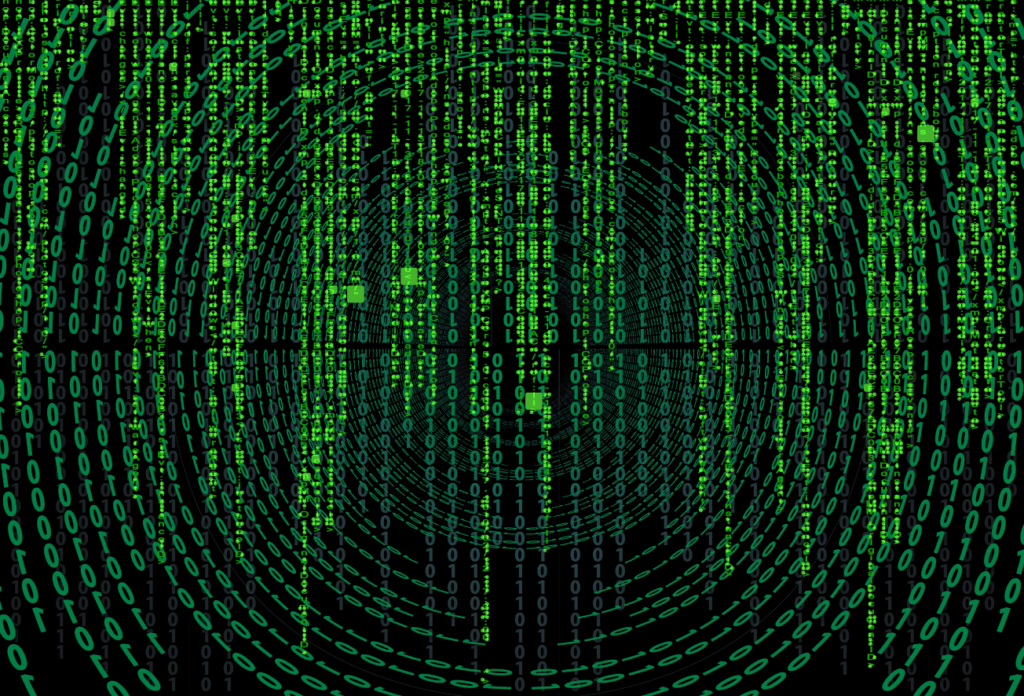Dirty Data Is Useless—Learn Why Healthcare Data Cleaning Matters
May 6th, 2020
If you are struggling with dirty data, then it could be costing you time and money. Learn what healthcare data cleaning is and why you need it.

Is dirty data impacting your operations? Or making it impossible to launch new applications? Healthcare systems collect, analyze, and share protected healthcare information (PHI) every day, but it’s not always accurate or properly structured. To ensure the portability, accessibility, and interoperability of such information, healthcare data cleaning is often a necessity.
But how can you do it efficiently and cost-effectively?
What is Healthcare Data Cleaning?
Typically, most organizations store data in databases. These could be associated with your EHR, decision support system, revenue cycle management, and many more applications designed to enable the healthcare ecosystem to work more cohesively. The value of healthcare big data is immense, helping improve care, boost revenue, and drive better decision-making. Dirty data makes that virtually impossible.
Dirty data describes information that is inaccurate, outdated, redundant, incomplete, or formatted incorrectly. Using healthcare data cleaning, you can bring consistency to your data. This consistency is necessary when integrating disparate streams of data. If you merge dirty data, then its ability to be actionable is lost.
Where Hospitals and Healthcare Systems Stumble
In an ideal world, all healthcare information systems (HIS) would work together in harmony. Field matching wouldn’t be a roadblock, nor would duplicates or other inconsistencies. Unfortunately, that’s just not the case. There is currently no standardized practice for healthcare data interoperability. There are best practices, and the new HHS Interoperability Rule is the most significant step the country has made to improve on this.
However, it’s still not as easy as moving data from one system to another or quickly aggregating different data sets and automatically have a working process. As healthcare data management experts, we see on a daily basis how difficult it is to map data from one system to another, even when they are in the same category. So, if you can adeptly move from one EHR to another, then it gets really tricky when combining data outputs or moving information into a completely different type of platform.
Key Causes of Healthcare Dirty Data

Dirty data is not the result of one thing; it’s a culmination of lots of factors, some more significant than others. One of the biggest concerns is duplication. According to research, duplicate records make up 5-10% of a hospital’s EHR. That number expands to rates of 20% for healthcare entities that have multiple locations.
Duplications happen for many reasons, including errors in spelling or other patient data. Depending on the parameters of the system, it may be unable to search for duplicates as new patients are added.
Another symptom of dirty data is that it’s incomplete. Without all the appropriate fields, records may be useless. If a patient record list omits things like preexisting conditions or allergies, it’s not only incomplete but could impact care. Incomplete information can be attributed to user error or system limitations.
The third significant cause of dirty data is inaccuracies. Errors might have occurred in the original set-up (i.e., misspelled names, transposed numbers), or the data may not have been updated correctly. If you don’t have accurate information about your patients, from contact information to insurance codes, then it’s harder to communicate with them and leverage your information for better outcomes and insights.
The Cost of Dirty Data

The consequences of dirty data can be numerous. First, there are the monetary losses. Gartner researchers revealed that the cost of poor data equates to $9.7 to $14.2 million for businesses every year. Those numbers reflect all types of companies, but it’s still an important figure to know.
Where do these losses come from? For healthcare, it could be from several things, such as opportunity costs associated with being able to launch new applications to the higher hard costs of unpaid reimbursements from payers and additional labor needed to strip out the bad data.
The costs are more than fiscal. You’ll lose time because you can’t seamlessly convert data into new platforms. You’ll miss out on insights that could help you find ways to cut costs and work more efficiently. Worst of all, it could impact patient care.
Feel Confident in Your Data
If you don’t feel confident about the health of your data, then you know it’s holding you back. You may also like the bandwidth or expertise to clean your data. Rely on InfoWerks to be your data liaison. We’ve been cleaning and purging healthcare data for years, enabling easy, compliant data sharing and data conversions for any system.
Make your data work for you again. Learn more about how we can help by getting in touch.